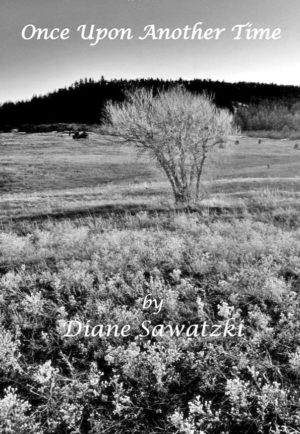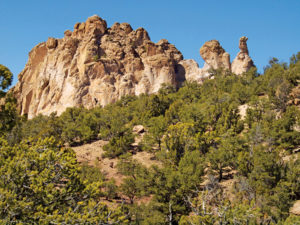By Jennifer Welch
I never did fall in love with the idea of grazing our livestock on leased property 10 miles from the farm. The idea never sat well with me for a variety of reasons, the loftiest of which has been protection from predators. Our poultry are protected round-the-clock by a 140-pound livestock guard dog who resides on our property. The Nigerian Dwarf dairy goats benefit from his protection as well – being the little bite-size nuggets that they are. I don’t worry too much about our breeding pigs, as they average 600 pounds apiece, but the freshly weaned feeders would make quite a tempting snack. And the sweet, trusting Jersey cows make a nice target while they are calving or just afterward with a small, velvety calf by their side. No, I don’t like the idea of pasturing any of these animals even just 15 minutes away from our home base, but that is what we had to do to make things work.
We knew, before we bought our little starter herd of Scottish Highland cattle, that we would have to find property on which to graze them. Our farm sits in the piñons, fairly well-suited to raising a small number of pigs and free-range poultry, but not cows. We chose the Highland breed because they are very protective mothers, among other things. After hearing stories of coyotes stealing freshly born calves from the helpless cows, we weren’t even sure if we wanted to give it a try at all. But we got our little herd and turned them loose onto 100 acres along Cottonwood Creek just as fall set into the valley. That was about three and a half years ago. We haven’t lost a cow or calf to predation yet, instead facing an entirely different struggle.
I never thought I would find myself repeatedly outsmarted by a group of round, fuzzy cows. Pigs are intelligent but, being the food whores that they are, they are easy to coerce. Ducks are easy, moving as a single flock in response to pressure. Herding chickens is like herding cats: The only way to prove your superior intelligence is to never put yourself in a situation where you are trying to get either any of these animals to do something they aren’t already doing. Even cows have identifiable pressure points; moving them isn’t terribly difficult if you simply pay attention to how they react to specific pressure. The problem, however, didn’t start with how the cows behaved when I was with them … it’s how they behaved when I wasn’t with them that became the problem. It started innocently enough on the Fourth of July a few years ago. After the parade and a casual lunch in town, we drove over to the cows to check on them before heading home. Just as we drove across the creek, we were forced to stop abruptly in the middle of the road. The cows were out – in the middle of the road, smirking at us. I spent a long time driving them back down the creek, through the seven levels of mosquito hell, to what I was hoping would be a gaping hole in the fence. Much to my dismay, there was no hole. There was simply a spot in the fenceline, identical to all the rest, that they had decided to climb through (or over, or under) because they are jerks. Variations of this incident have repeated, on and off, for the better part of our lease term.
[InContentAdTwo]
I feel as though I have repaired miles of fence several times over. I am a fence-stay ninja, a woven-wire warrior and a complete and utter failure at containing my own animals. At this point, we are down to either replacing the dilapidated fencing on a property we don’t own or finding a new property. I’m not even sure if the latter is truly an option. I have completely fallen in love with the area the cows are in, with the neighbors in the vicinity and with the cows themselves. And while I can’t exactly see how we will make this work, I can’t see how I can walk away from it either. Soon enough there will be velvety calves making appearances and, for a brief moment, my mind will turn back to worrying about safety from predators. Then the weather will warm up and the grass will grow green and the cows will be content in their pasture for three whole seconds … until they take a peek at the other side, that is.
Jen Welch lives and writes in the Upper Arkansas River Valley and spends her free time telling cows and pigs where to go and what to do, while letting the chickens and cats figure it out for themselves.


